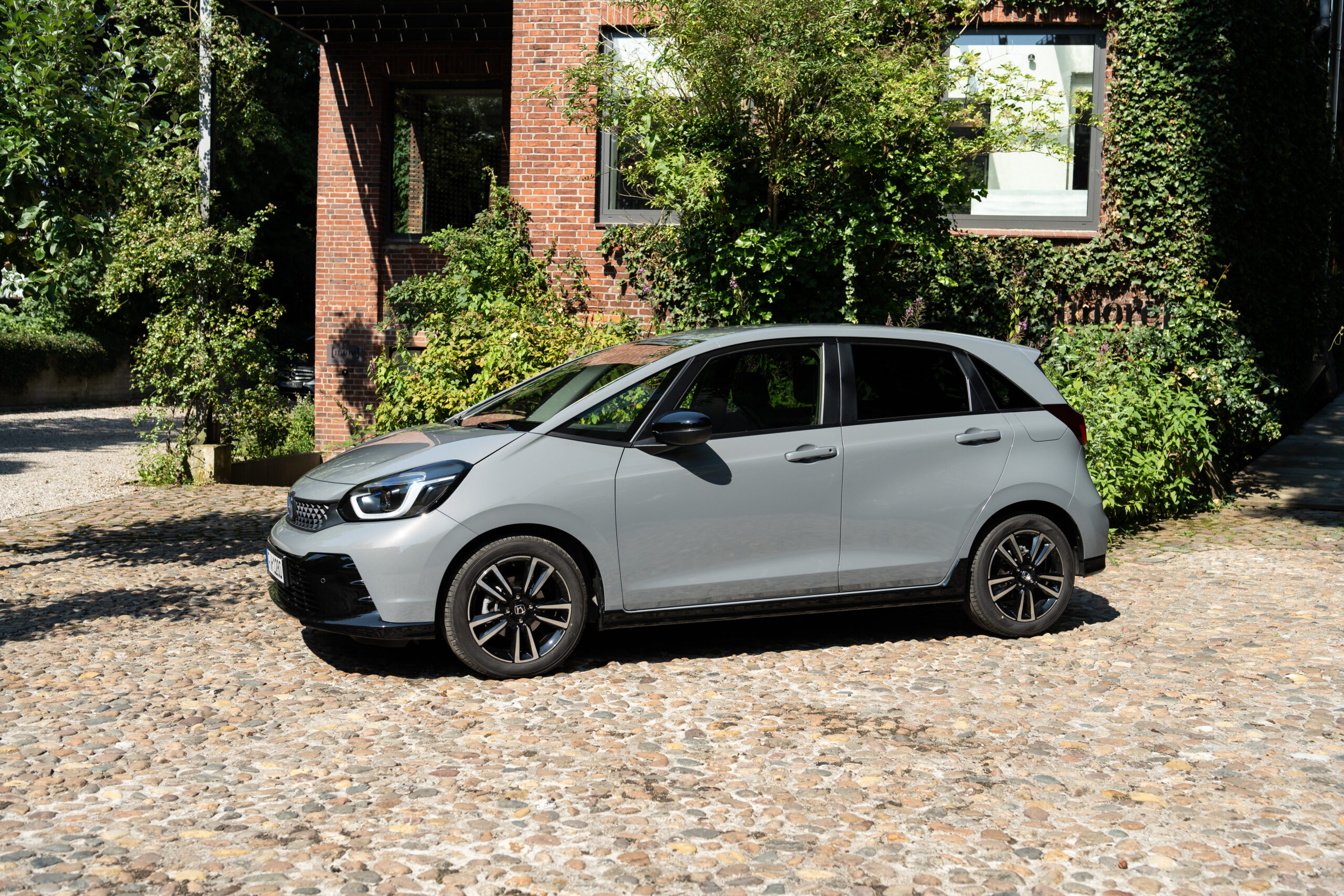The applications of solar energy are
numerous and go far
beyond offering homeowners a backup power source. In recent years, the debate
over ground-based solar installations and wildlife conservation has been
gaining attention, largely due to the rise of solar farms across the country.
As the need for
renewable energy intensifies, it has become crucial to find ways for solar
power and soil conservation to co-exist. Learn how solar panels positively
impact the environment and how rooftop solar is paving the way for
conservationists to harness the sun’s endless energy.
Why is solar energy
good for the environment?
Are solar panels good
for the environment? Yes! The benefits of solar energy for the
environment are
plentiful. Here are the main ones:
Reduce greenhouse
gas emissions
Solar power systems
produce electricity without emitting harmful greenhouse gases, helping to
combat climate change. The United States now has enough installed solar
capacity to power more than 36.1 million average American homes and offset more
than 222 million metric tons of carbon dioxide emissions. 1
Homes and businesses
that use solar energy also significantly reduce their carbon footprint,
contributing to broader environmental conservation efforts. By 2035, widespread
adoption of solar energy in the United States is expected to reduce national
greenhouse gas emissions by 40% from 2005 levels, contributing significantly to
climate goals. 2
Reduce air
pollution
Unlike fossil fuels,
solar energy does not produce air pollutants such as sulfur dioxide and
nitrogen oxides, which can cause respiratory and other health problems. A study
by the National Renewable Energy Laboratory (NREL) estimated that increased
deployment of solar energy could prevent between 25,000 and 59,000 premature
deaths in the U.S. by 2050 due to improved air quality. 3
Conserve water
Solar energy requires
considerably less water than conventional power generation processes, such as
cooling systems for coal, natural gas, and nuclear power plants. Solar energy
systems save about 1.5 billion gallons of water per year in the U.S. by reducing
the need for thermal power plants, which rely heavily on water for cooling.
Mitigate climate
change
By providing a
renewable energy source, solar energy reduces dependence on fossil fuels, which
are major contributors to global warming and climate disruption.
Sustainable and
renewable
Solar energy is
abundant and renewable, reducing dependence on finite resources such as coal,
oil and natural gas.
Energy independence
With solar energy,
countries can reduce their dependence on imported fossil fuels, leading to
greater energy security and economic stability.
Land Rehabilitation
Installing solar
panels on degraded land or brownfield sites can restore these areas, preventing
soil erosion and potentially improving local biodiversity.
How does solar
energy affect wildlife?
By integrating solar
energy systems with conservation initiatives, we can protect natural habitats
while harnessing clean energy, which ultimately benefits the environment and
promotes biodiversity. The introduction of any energy technology into the environment
requires careful consideration. All commercial and residential projects go
through a permitting phase that requires mitigation of environmental impact.
There are an
overwhelming number of positive reasons why switching from traditional energy
sources to renewables can have a net positive impact on local ecosystems.
- Reduce air pollution : Solar energy reduces dependence on
fossil fuels, thereby decreasing the emission of pollutants that harm
ecosystems and wildlife. - Water Conservation – Solar power generation requires
significantly less water compared to traditional power plants, helping to
preserve local aquatic ecosystems. - Minimize habitat destruction : Solar farms can be built on already
disturbed land, such as rooftops or deserts, reducing the need to clear
forests or other natural habitats. - Promote biodiversity : Solar installations can create
microhabitats for diverse plant and animal species, promoting biodiversity
in the surrounding areas.
Solar farms vs.
rooftop solar
Solar energy comes in
many forms, each with its own impacts. Let’s compare the environmental
footprint of a large-scale solar park with that of a rooftop photovoltaic
system.
Solar parks and
environmental impact
These large-scale
renewable energy projects are designed to relieve pressure on regional grids
while providing substantial benefits to landowners and communities. By offering
lease payments and generating tax revenue, these projects contribute to local economies,
supporting educational job creation and making energy more affordable. This
dual approach ensures that while advancing renewable energy goals, community
development is also being boosted.
These projects tend to
use land leased from farmers that is prepared to house hundreds or more solar
panels that will collect solar energy and send it to the municipal grid.
Some of the
environmental benefits of solar parks:
- Support ecosystems and biodiversity : If native flora and plant protection
methods are used, these areas become refuges for pollinators. - Regenerative: Farmland is allowed to “rest” and
regenerate for 10 to 15 years. - Resource conservation: They require minimal water to operate.
Water usage is mostly limited to occasional cleaning of solar panels to
maintain efficiency. In contrast, fossil fuel-fired power plants, such as
those powered by coal, natural gas, and oil, are known for their high
water consumption. - Co-location and shading: By locating solar panels next to crops,
farmers can generate clean energy while also using the land for
agricultural purposes. This dual use of land maximizes the efficiency of
land resources and can even provide benefits such as shading crops to
reduce water evaporation.
Rooftop solar
energy and its environmental impact
Rooftop solar remains
one of the lowest impact ways to grow residential solar. It utilizes existing
land and allows homeowners to actively participate in controlling, reducing and
using their energy consumption.
Some of the
environmental benefits of rooftop solar:
- No new infrastructure: Rooftop solar produces electricity close
to where it is consumed, reducing the need for new transmission
infrastructure. Both factors make rooftop solar beneficial for local
ecosystems! - Efficient use of space: Rooftop solar panels take advantage of
existing structures, eliminating the need for additional land. They are
also flexible in their applications on a variety of
roof types . - Improved energy security – By generating electricity close to the
point of use, rooftop solar reduces a homeowner’s reliance on the
traditional electric grid and, when combined with a battery backup, helps
provide security against power outages due to extreme weather or grid stresses.
Plus, rooftop solar
is a major cost-saver for homeowners . Rooftop solar is something that every homeowner can get involved in.
When your energy needs are powered by free energy from the sun, you can realize
a significant reduction in your monthly electric bills from the utility
company. Over the 25-year lifespan of a solar system, Freedom Solar homeowners
save an average of $20,000 in electricity costs. Learn more about the cost savings of going solar .
Find energy
independence with Freedom Solar Power and Texas Land Conservancy
Every Texas Land Conservancy supporter who chooses rooftop solar will receive $1,000 off their solar project,
and Freedom Solar will also donate $1,000 to the Texas Land Conservancy. It’s a
win-win for the environment and for you.
Get a free quote here .
Resources:
- https://www.seia.org/initiatives/climate-change
- https://www.whitehouse.gov/wp-content/uploads/2021/10/us-long-term-strategy.pdf
- https://www.energy.gov/eere/solar/articles/environmental-and-public-health-benefits-achieving-high-penetration-solar
- https://www.researchgate.net/post/Who_knows_that_how_much_water_can_be_saved_by_solar_PV_power_plant



